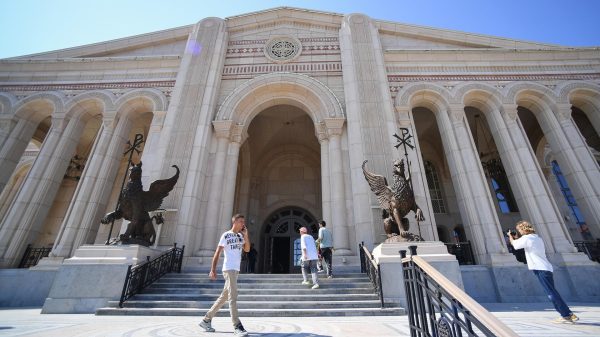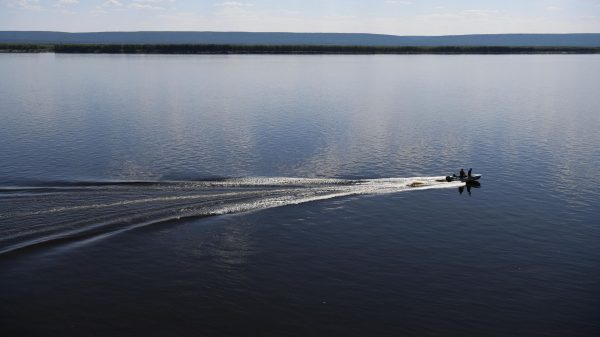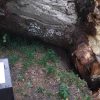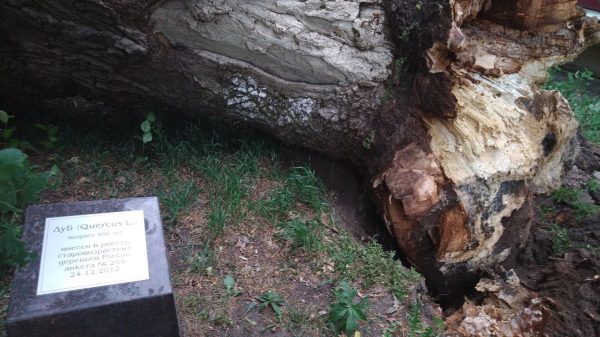Experts believe the scale of the burial most closely resembles that of a sacrifice
A new study suggests that the ancient population of Poland's Chełmno made massive deposits of bronze jewelry and artifacts. Scientists have determined that the treasure found in those places may be associated with ancient ritual burials in water.
Photo: historia.agh.edu.pl
Metal detectors have discovered jewelry at the site of a long-dried lake in Poland. During the subsequent excavations, researchers discovered more than 550 bronze artifacts, as well as human bones, making the site “one of the most eloquent evidence of Lusatian period ritual activity in Poland,” according to a study published in the journal Antiquity.
According to scientists, between 1200 and 450 BC the site was occupied by the Chelmno group, part of a larger northern European culture called the Lusatian population, which was active during the Late Bronze Age and Early Iron Age. Previously, historians knew that other Lusatian groups used metal for ritual purposes, but it was believed that such practices were not carried out on the Chelmno lands — to the recent finds in Papovo Biskupje.
«The scale of metal found in this place is extraordinary,— notes archaeologist from the AGH University of Science and Technology in Krakow Lukasz Kowalski. — Until now we thought that this material was unpopular in the social and ritual strategies of the Chelmno group.”
Researchers also discovered the skeletal remains of at least 33 human bodies — including infants, children, adolescents and adults — at the bottom of the lake. After radiocarbon dating, they determined that the bones dated to between 1040 and 780 BC.
The collection of artifacts found at the site includes hand and neck accessories such as a necklace made of oval and tubular beads and “dovetail pendants.” Researchers believe that many of the metal items were made by local residents. However, the glass bead from the necklace traveled a greater distance, providing new insights into community involvement in the trade.
«The bead is made from low magnesium glass that was sourced from the Eastern Mediterranean region, — Kowalski tells Live Science, — This extends the use of evidence that the power elites of the Chełmno Group became involved in the metal trading network that connected much of the European continent in the first millennium BC.
Radiocarbon dating also shows that metal jewelry was buried in the lake some time after tel. According to Antiquity, this gap sheds light on a cultural shift within the Chelmno group: at first they buried only bodies in the lake, and later added metal as they adopted new traditions.
«Although the Chelmno group differed in many ways from other representatives of the Lusatian culture, it seems that the ritual practices and their belief system later leveled out,” — notes Newsweek's Robin White.





























































Recent Comments